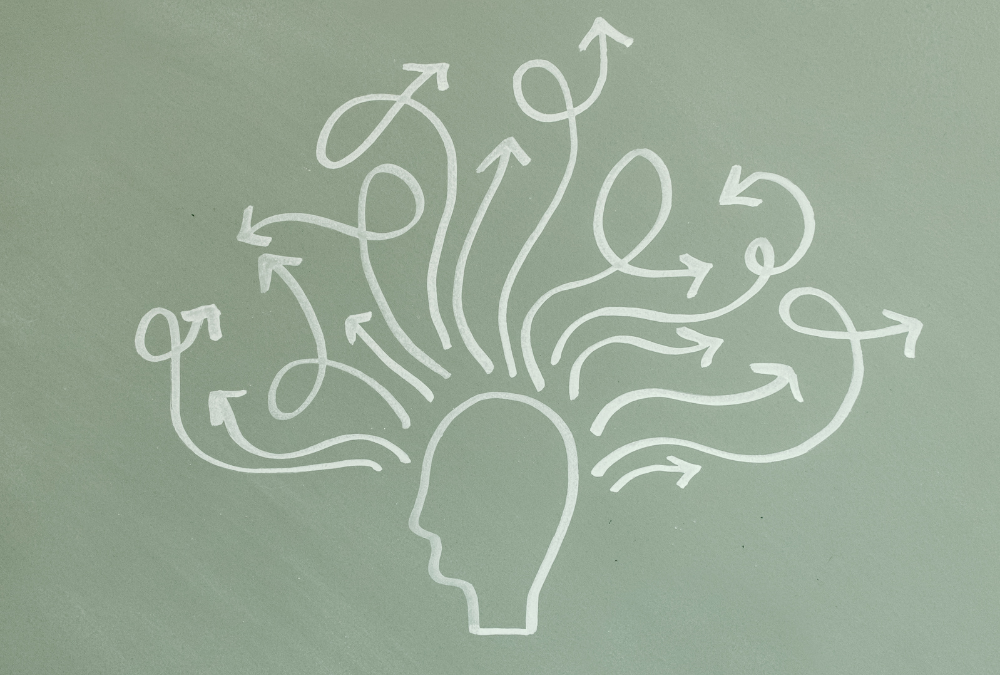If you’re exploring new ways to support your mental health (especially after trauma) you might have come across neurofeedback. It’s often described as a powerful tool for anxiety, emotional regulation, and brain function. But what happens during neurofeedback? What’s actually going on inside the brain?
At Trauma Healing NW, we offer neurofeedback alongside EMDR and exposure therapy because we’ve seen how effective it can be for calming the nervous system. This gentle, brain-based method doesn’t require talking through painful memories. Instead, it works directly with your brain’s electrical activity to help you feel more regulated from the inside out.
How Neurofeedback Works with Your Brain, Not Against It
Neurofeedback doesn’t ask your conscious mind to “fix” anything. Instead, it gives your brain real-time information about how it’s functioning. During a session, sensors are placed on your scalp to monitor brainwave activity. Then, you may watch a video or listen to music that subtly changes depending on what your brain is doing.
This process gives your brain feedback in the moment, like holding up a mirror. The brain uses that information to begin rebalancing itself, letting go of stuck patterns that may have been there for months or even years.
What Happens in the Brain During a Session?
When someone has experienced trauma or prolonged stress, the brain can often become overprotective. Certain brainwave patterns may stay locked in a state of hypervigilance, shutdown, or emotional overwhelm. Neurofeedback gently helps interrupt those patterns.
Here’s what happens during neurofeedback in the brain:
- The system tracks brainwave activity in real time
- Subtle feedback cues let the brain know when it’s drifting out of balance
- The brain automatically begins to shift without effort or conscious control
Over time, it learns to return to a more calm, flexible state more easily
This isn’t about pushing your brain to perform. It’s about inviting it to come back to a balanced center.
From Dysregulation to Self-Regulation
Many find that neurofeedback helps them feel more present and grounded. It’s especially helpful for individuals dealing with:
- Fight-or-flight symptoms like panic, irritability, or constant scanning
- Freeze responses (numbness, disconnection, emotional flatness)
- Difficulty sleeping or relaxing
- Trouble focusing or staying calm during emotional triggers
When your brain is dysregulated, it often reacts automatically to things that don’t match the present moment. What happens during neurofeedback is that your brain starts to “unlearn” those reactions, choosing calm and focus more often without needing to force it to do so.
A Foundation for Deeper Healing
While neurofeedback helps calm the brain, it can also enhance the impact of other therapies. At Trauma Healing NW, we often use neurofeedback in combination with EMDR or exposure therapy to support trauma resolution. When the nervous system is more regulated, it becomes easier to process difficult memories safely and effectively.
This brain-first approach doesn’t replace talk therapy, but it does prepare the brain to benefit from it more fully.
Ready to Learn More?
If you’re wondering whether neurofeedback might help you feel more like yourself again, we’re here to help. You don’t need to explain everything or have it all figured out. Just reach out and we’ll take it from there.
Contact Trauma Healing NW today to ask a question, schedule a session, or learn more about our approach.

